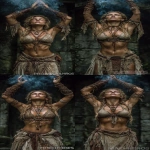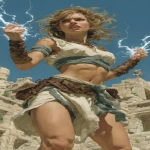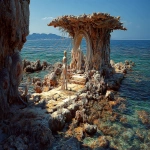Explore the Best AI Image Gallery
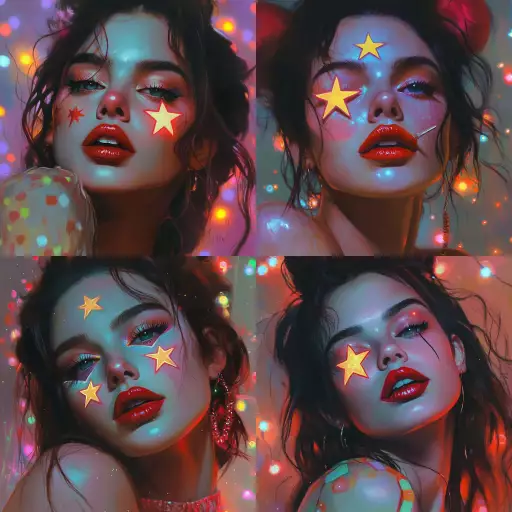
Beyond the Brush: AI-Generated Images and the Evolving Art World
The realm of art has always been a canvas for human expression, a testament to our imagination and ability to translate emotions and ideas into tangible forms. But what happens when artificial intelligence enters this creative domain? AI-generated images, once a futuristic concept, are now a reality, blurring the lines between human and machine creativity and sparking both excitement and debate within the art world.
This blog post will explore the burgeoning landscape of AI-generated imagery, examining its impact on artists, its potential applications across diverse industries, and the ethical considerations that accompany this technological advancement.
A New Artistic Tool
AI image generation tools utilize complex algorithms trained on massive datasets of images. These algorithms learn to recognize patterns, styles, and compositions, enabling them to create original images based on user prompts or input parameters.
For artists, AI-generated images offer a powerful new toolset. They can be used to:
- Generate initial sketches or concepts, sparking new ideas and overcoming creative blocks.
- Experiment with different styles and aesthetics, exploring uncharted artistic territories.
- Create unique visual elements for artwork, animations, or game design.
- Collaborate with AI to produce hybrid artworks that blend human creativity with machine intelligence.
Beyond Art: Applications Across Industries
The potential applications of AI-generated images extend far beyond the realm of fine art. They have the power to revolutionize various industries, including:
- Advertising and Marketing: Generating captivating visuals for campaigns, product mockups, and personalized marketing materials.
- Design and Architecture: Creating realistic renderings of buildings, interiors, and products, speeding up the design process and enhancing visualization.
- Entertainment and Gaming: Developing stunning backdrops, character designs, and in-game assets, enriching immersive experiences.
- Education and Research: Visualizing complex data sets, generating illustrative diagrams, and creating interactive learning materials.
Ethical Considerations: Navigating Uncharted Territory
As with any powerful technology, the rise of AI-generated images raises important ethical considerations that require careful attention:
- Copyright and Ownership**: Who owns the copyright to AI-generated images? Is it the user who provides the prompt, the developer of the AI tool, or the AI itself?
- Bias and Representation**: AI algorithms are trained on existing data, which may contain biases that perpetuate stereotypes or underrepresent certain groups. It is crucial to address these biases to ensure fairness and inclusivity in AI-generated imagery.
- Misinformation and Deepfakes**: The potential for AI to create highly realistic but fabricated images raises concerns about the spread of misinformation and the erosion of trust.
Looking Ahead: The Future of AI-Generated Images
The field of AI-generated imagery is rapidly evolving, with ongoing advancements in algorithms, computational power, and creative applications. We can anticipate:
- Increased Realism and Creativity**: AI models will continue to generate increasingly sophisticated and visually compelling images, pushing the boundaries of artistic expression.
- Personalized Experiences**: AI-generated imagery will be tailored to individual preferences, creating unique and immersive experiences for users in various domains.
- **Ethical Frameworks and Regulations**: As AI-generated imagery becomes more prevalent, it is essential to develop robust ethical guidelines and regulations to address concerns surrounding copyright, bias, and the responsible use of this technology.
AI-generated images represent a profound shift in the creative landscape. While they present exciting opportunities for innovation and artistic exploration, it is crucial to navigate the ethical challenges thoughtfully. By fostering open dialogue, promoting responsible development, and embracing the collaborative potential of human-machine creativity, we can harness the transformative power of AI for the benefit of society and the advancement of art.
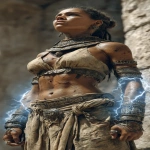


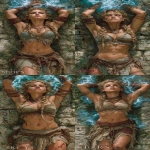
](https://images.ai-img.art/thumbnails/150/00df9b84a8818b4130bce9ca10c0c67ff2bc8952ca0fb5012dafc9b1c6378e67.webp)
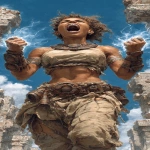
](https://images.ai-img.art/thumbnails/150/33a7122c923d87ba243a3afa0b16a930f1603be27b8ac938ff7f4ae4f5140553.webp)
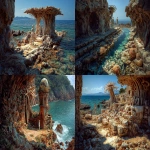

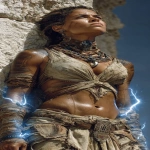
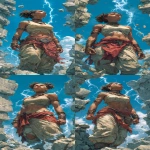
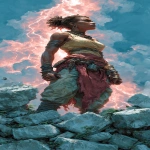
](https://images.ai-img.art/thumbnails/150/39c6bd41a1282b304a06fb11053bd009750b3879060719b1adb959228dbcd41a.webp)
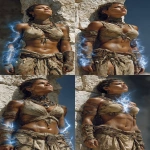
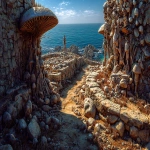
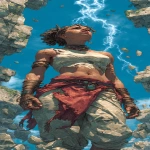
](https://images.ai-img.art/thumbnails/150/bc5b40f43007c984885fc5b035e0fd81d75554a8730895e067565a6b7050524b.webp)
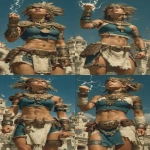

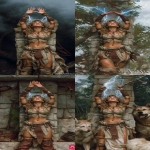

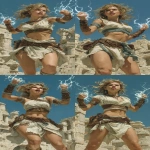



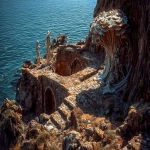
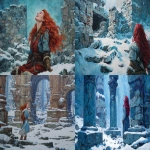
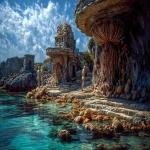
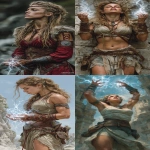

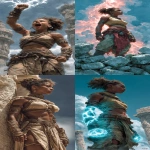
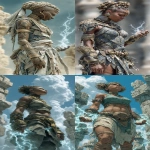

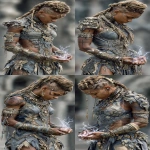

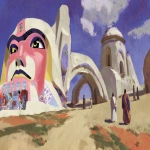
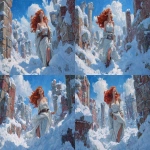
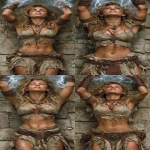
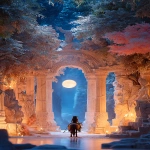

](https://images.ai-img.art/thumbnails/150/8aa2589b60ffe3dde30a265a6cac8d4ae71901c658ca48c4344f21436de413fb.webp)

